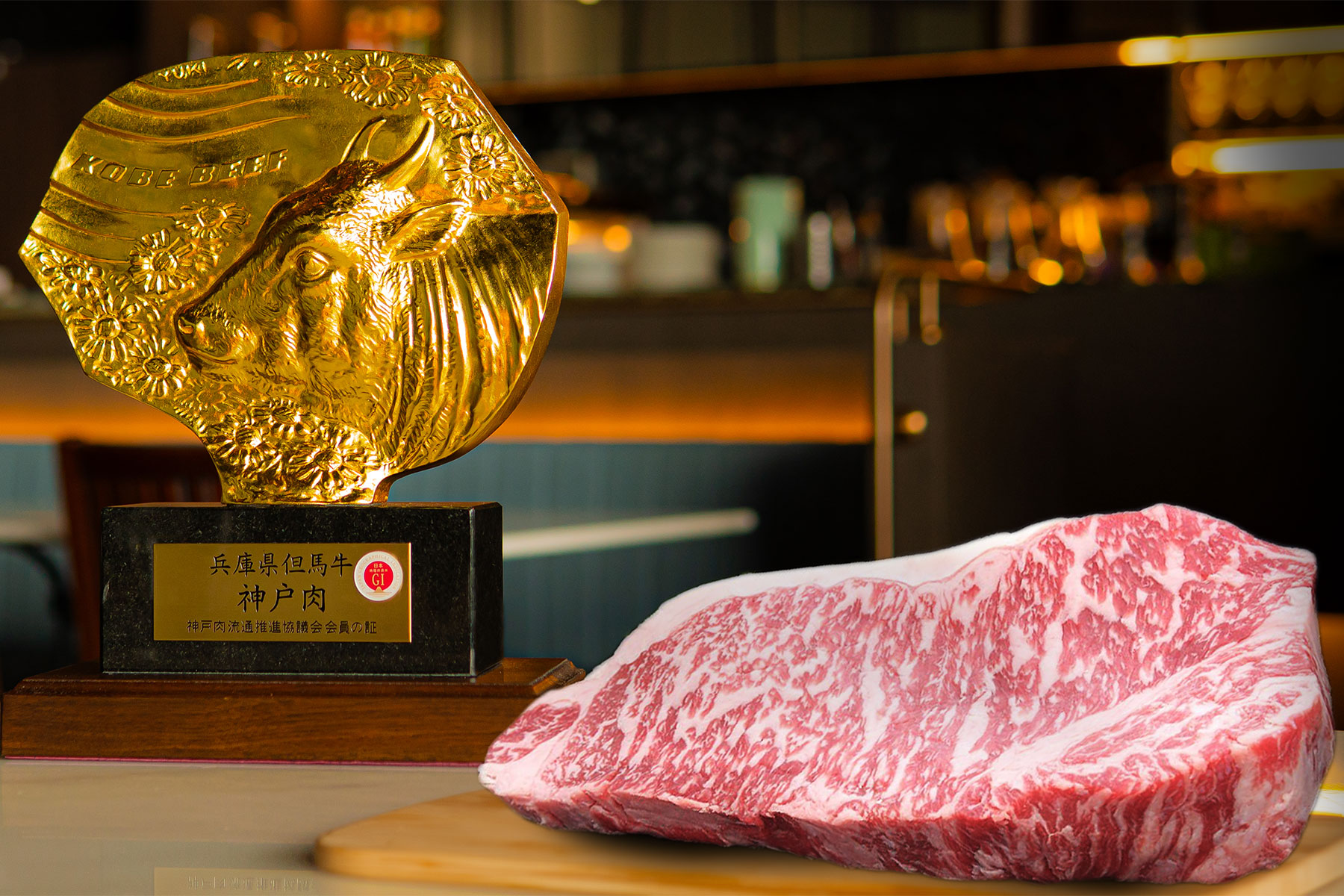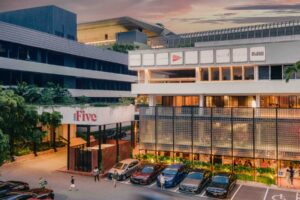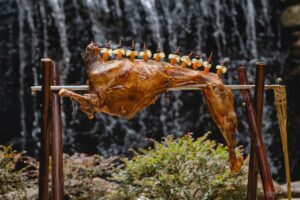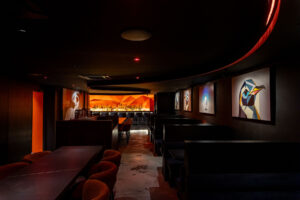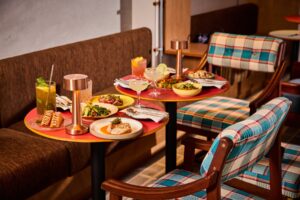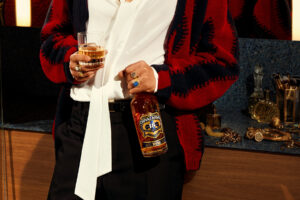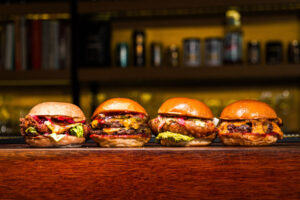For gourmands, the word ‘marbling’ doesn’t turn their thoughts to the Italian natural stone but rather to the fat marbling in beef like flecks of butter intricately distributed throughout the beef’s muscle which influences its flavour, tenderness, and texture. Connoisseurs of meat, in particular, will be familiar with the name Kobe, regarded to have the most intricate marbling of any beef in the world.
What to know about Kobe beef
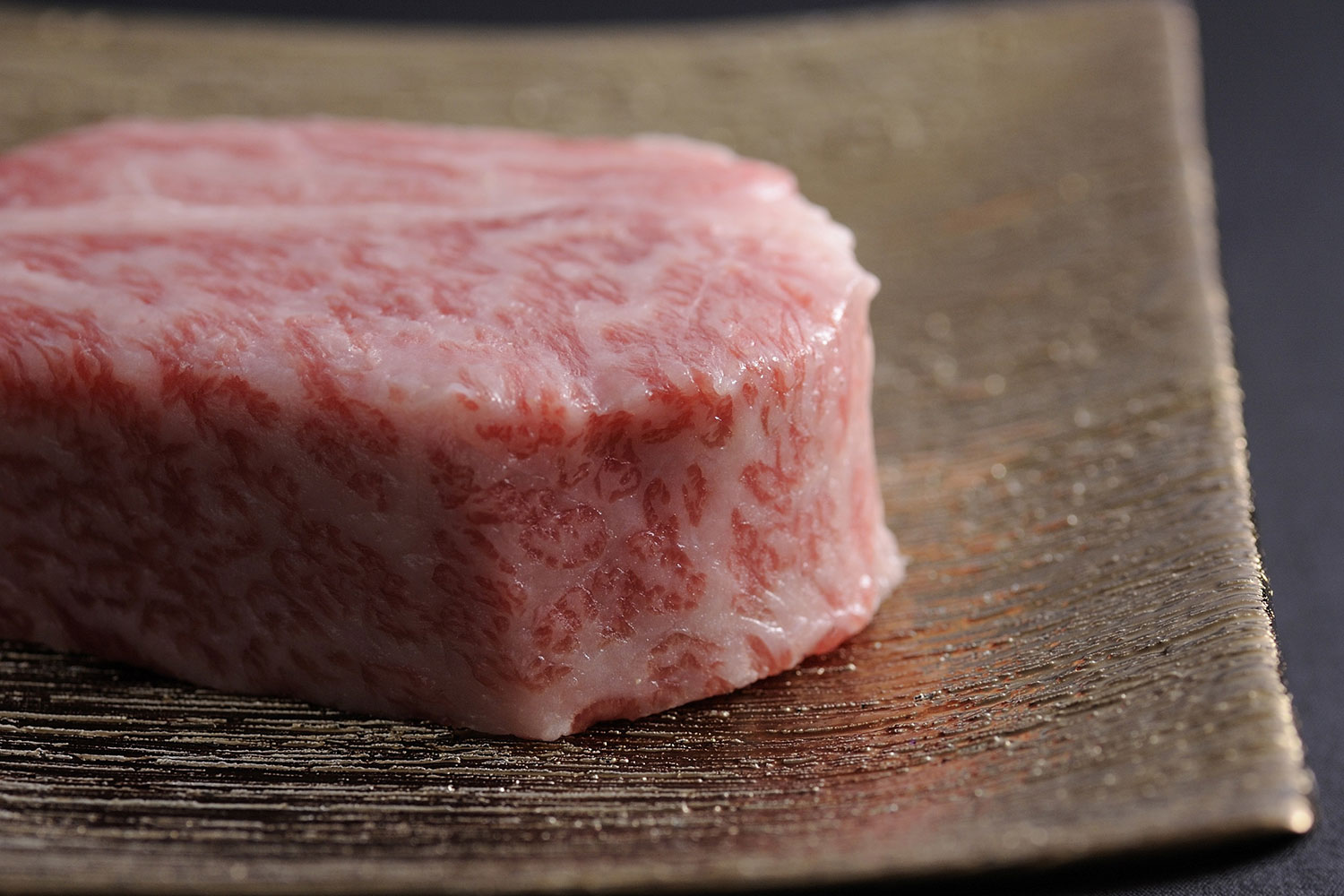
The prized Kobe beef seems ubiquitous in fine dining restaurants and high-end restaurants but is in fact often imitated, but never duplicated. Kobe beef is arguably the king of beef, which descends from a royal lineage of sorts of pureblood Tajima cattle, of which only a few now exist. These cattle originally hailed from a mountainous region once known as Tajima, with few open fields on the northern side of Hyōgo Prefecture facing the Sea of Japan. The region was marked by its soft meadows and mineral-rich water, which resulted in qualities unique to Tajima beef.
This includes flavourful meat with a unique feature of thin bones and little subcutaneous fat, amounting to a high percentage of edible parts. These treasured cattle have been used in crossbreeding, but for truly authentic Kobe beef, mating with other breeds of cattle is avoided to maintain its pure lineage.
What is the difference between Kobe & Wagyu beef?
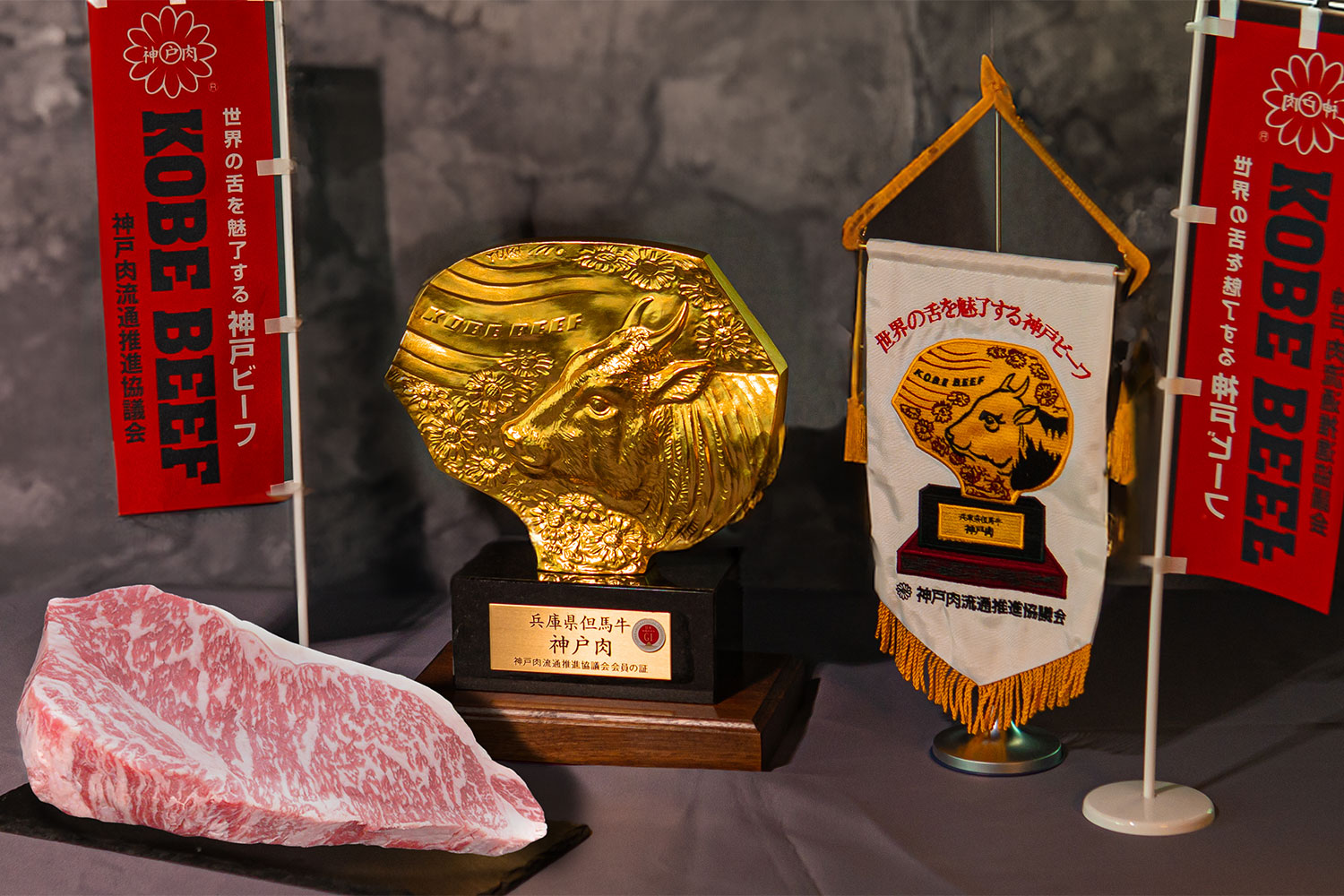 All Kobe beef is Wagyu, but not all Wagyu (which simply means Japanese cattle) are Kobe beef. Extremely strict standards are placed for Kobe beef, where it has to meet stringent criteria set by the Kobe Beef Marketing and Distribution Promotion Association.
All Kobe beef is Wagyu, but not all Wagyu (which simply means Japanese cattle) are Kobe beef. Extremely strict standards are placed for Kobe beef, where it has to meet stringent criteria set by the Kobe Beef Marketing and Distribution Promotion Association.
The cattle have to be born, raised, slaughtered and processed in Hyogo Prefecture specifically at a certain age and meet a gross carcass weight. In addition, the carcass has to meet a specific Meat Quality score according to five factors: marbling, meat colour, fat colour, ‘brightness’ and ‘texture’. Furthermore, each cattle is provided a 10‐digit ID number where its movements can be traced at any point in the supply chain.
Annually, only 4,000 of these exceptional cattle are slaughtered and only 40 per cent of this number is exported. In 2023, fewer than 10 certified cattle were actually imported to Malaysia, making it exceptionally rare in the country.
Where to taste the extraordinary beef
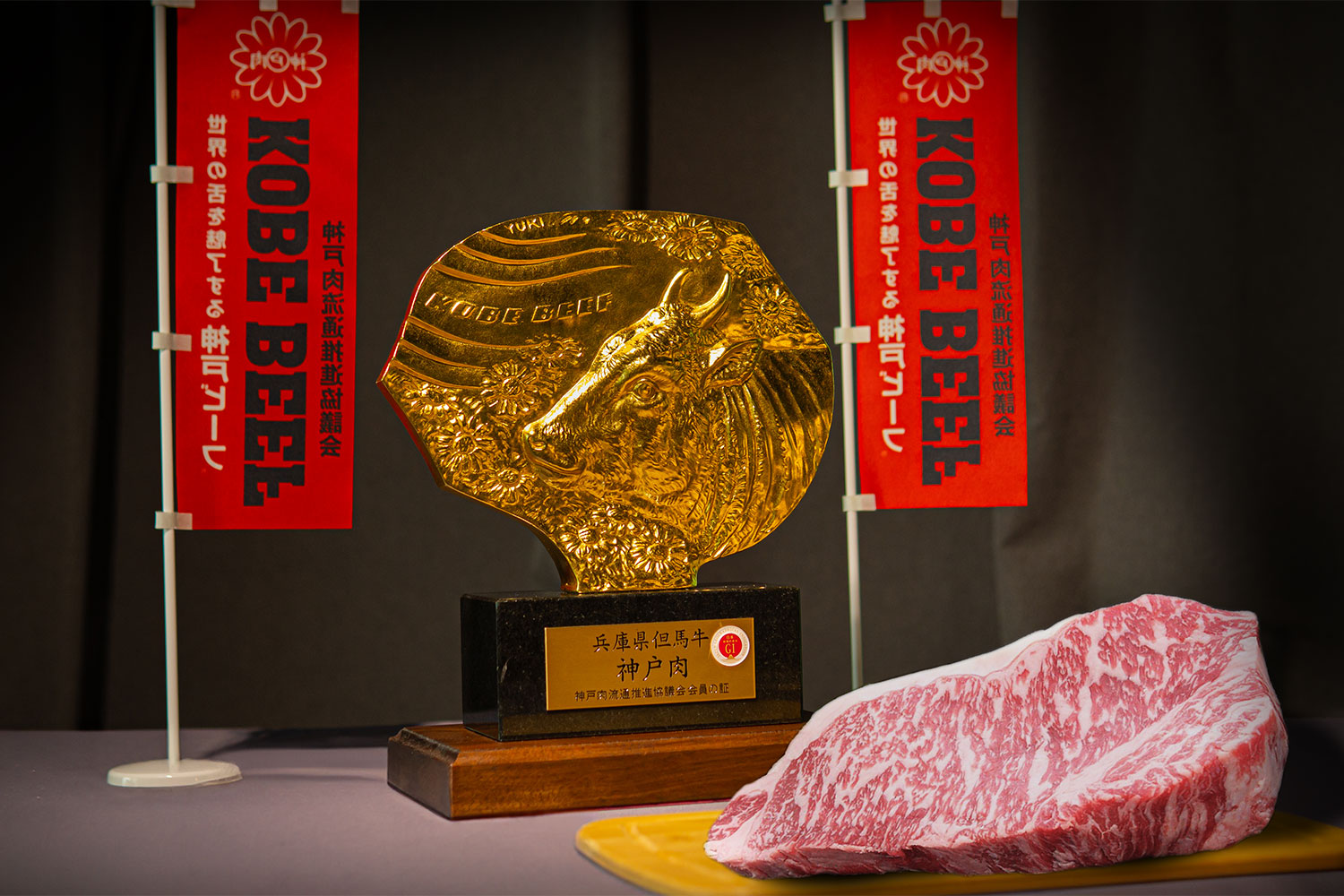
Japanese A5 Kobe beef is the combination of the harmony of delicate sweet lean meat and the taste of melt-in-your-mouth fat. Each mouthful has a high degree of shimofuri or fat marbling which gives it its buttery and smooth texture. Once you have a taste of this delicacy, other types of beef pale in comparison.
With so many establishments claiming to offer this exceptional beef, it is essential to ensure that you are tasting the authentic product. Joining an elite group recognised by the Kobe Meat Distribution Promotion Council as a designated registration store in Malaysia is Maria’s SteakCafé. Celebrating its silver jubilee this year, the group has grown from a humble Ipoh Steakhouse to offering one of the best Wagyu steak experiences in Malaysia.
“Maria’s SteakCafé is honoured to be listed under the Kobe Beef Distribution Association, a testament to our commitment to quality and authenticity. As a certified restaurant, we have received the hallmark of authenticity—the Bronze Cattle Statue, the official plaque, and certificate—guaranteeing that the Kobe beef we serve meets the highest standards,” said Angeline Tan, CEO of Maria’s SteakCafé.
The Kobe beef is now available at all Maria’s SteakCafé outlets in the Klang Valley. FirstClasse Malaysia readers are entitled to enjoy 15% off on all Kobe steak, only for dine-in. All you have to do is snap a photo of this promo code: MARIASKOBE15.
To make a reservation, call Maria’s SteakCafé at +6017 902 0339 or visit www.marias.com.my to book a table.




